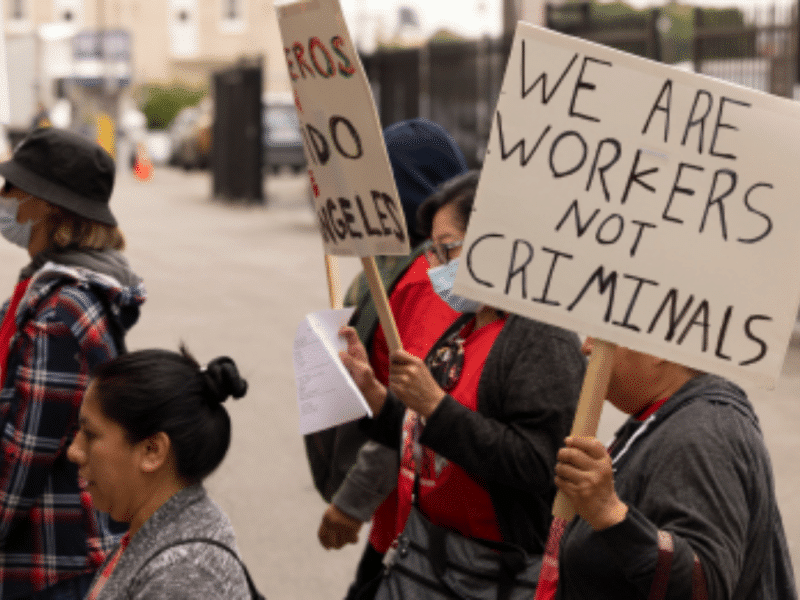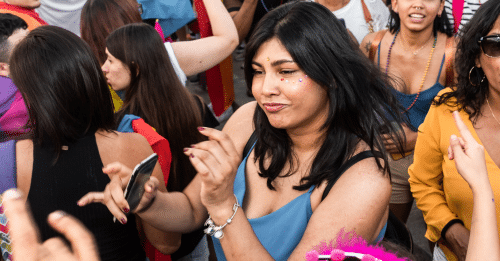The 2022 Latina Wage Gap is Disastrously Larger than the Year Before
Women’s equal payday 2022 fell a little earlier this year than the last, and while some celebrate this as a step towards equality, we lament that Latinas have nothing to celebrate, in fact for us the wage gap has increased even more.

Women’s equal pay day is the day that marks how far into the new year the average woman must work to match what the average man made the year before. In 2021 that day occurred on March 24th and in 2022 the day occurred on March 15. Many will point out that on average women made a bit of progress to close the pay gap, but the reality for Latinas is far from that.
In 2020 a Latina made 57 cents to a white man’s dollar. According to the National Women’s Law Center, this means a Latina would have to work till she is 90 years of age to make the same amount of money a white man would have made by the time he is 60. That gap has now fallen to 49 cents to the white man’s dollar. As the Washington Post reports, “For Latinas, it’s now 49 cents: In 2022, Latina Women’s Equal Pay Day won’t pass until December 8.” For white women, the gap shortened to 89 cents to a typical men’s dollar, up one cent from the previous year.
This data shows how disproportionately affected Latinas are in the wage economy compared to their white counterparts, in addition to all women of color.
So why did the gap increase so dramatically for Latinas? There are many reasons with one of the most prominent being that Latinas still experience job segregation based on gender and race. Industries that primarily employ women are still severely underpaid. Examples include caregivers and domestic workers. Despite this work being considered essential, it is still severely underpaid compared to comparably skilled jobs in other industries that are male dominated.
The pandemic also took a disproportionate toll on industries where women are the majority and even within those industries, women were more likely to lose their jobs than men.
This isn’t only an essential service-based job problem though. Even in professional industries Latinas have a minimal support system in place to help advance them towards equal pay. According to the Lean In initiative, Latinas with bachelor’s degrees see the worst pay gap in comparison to white men who also have college degrees. Even though they ask for raises and promotions at rates similar to men, only 71 Latinas are promoted to manager for every 100 men who receive a promotion.
Of note is also the motherhood penalty. According to this article by Forbes, women of color pay a high penalty for motherhood, often pushed out of their jobs and into lower paying ones for taking time off to give birth. This creates a ripple effect years into the future because their career advancement took early hits.
With Latino purchasing power continuing to fuel the economic recovery and with Latinas dwarfing all other demographics of women of color, everyone should be deeply concerned that the community as a whole lost close to ten cents in earning power over the course of one year. These types of economic ripple effects travel far and wide and act as a weight that brings down entire communities and families.




